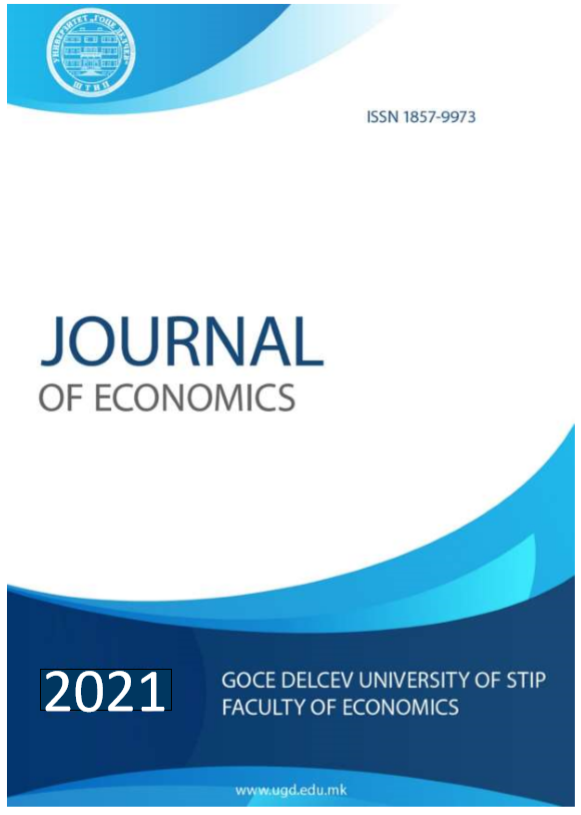Cloud computing in logistic and Supply Chain Management environment
DOI:
https://doi.org/10.46763/JOE216.10023tKeywords:
Cloud computing, Digitalisation Environment, Logistic, Supply chain management, Distribution channelsAbstract
Today in the era of digitalization Cloud computing is the cornerstone of modern business models in every industry. Cloud computing is a high-tech platform that will facilitate companies or organizations to manage and host their services without worrying about the stability and security of information telecommunication. Rapid driving technological changes are unstopped process in this Industry 4.0. world. Cloud computing is a trend with enormous implications. Cloud computing provides access to large-scale remote resources in a very efficient and quick manner, with huge potential to adapted and dramatically changed business models in line with current needs and requirements.
Despite all the benefits of digital technology, the loss of data and security is the primary concern for companies, which are boosting companies from moving to the cloud entirely. Cloud technologies allow companies to quickly adopt emerging technologies like augmented reality, stability, security, advanced mobile apps, and advanced analytics.
Their application is becoming ubiquitous and standardized in the logistics and Supply chain management sector. The logistics industry is characterized by many parties collaboration, where actors that must be integrated and synchronized along the supply chain. Logistics companies get enormous benefits with saving costs, time, and efforts on establishing their own IT infrastructure by applying cloud computing in supply chain management. In this digital transformation, the cloud computing has a key role, it becomes the catalyst for this transformation. Cloud computing, as one of the forces for digitalization, can foster collaboration among the parties in a supply chain, can promote innovation and embed it into organizations, and enable new competitors to enter the market with innovative offers. This makes the usage of cloud computing a very promising issue in global market competitional condition.


